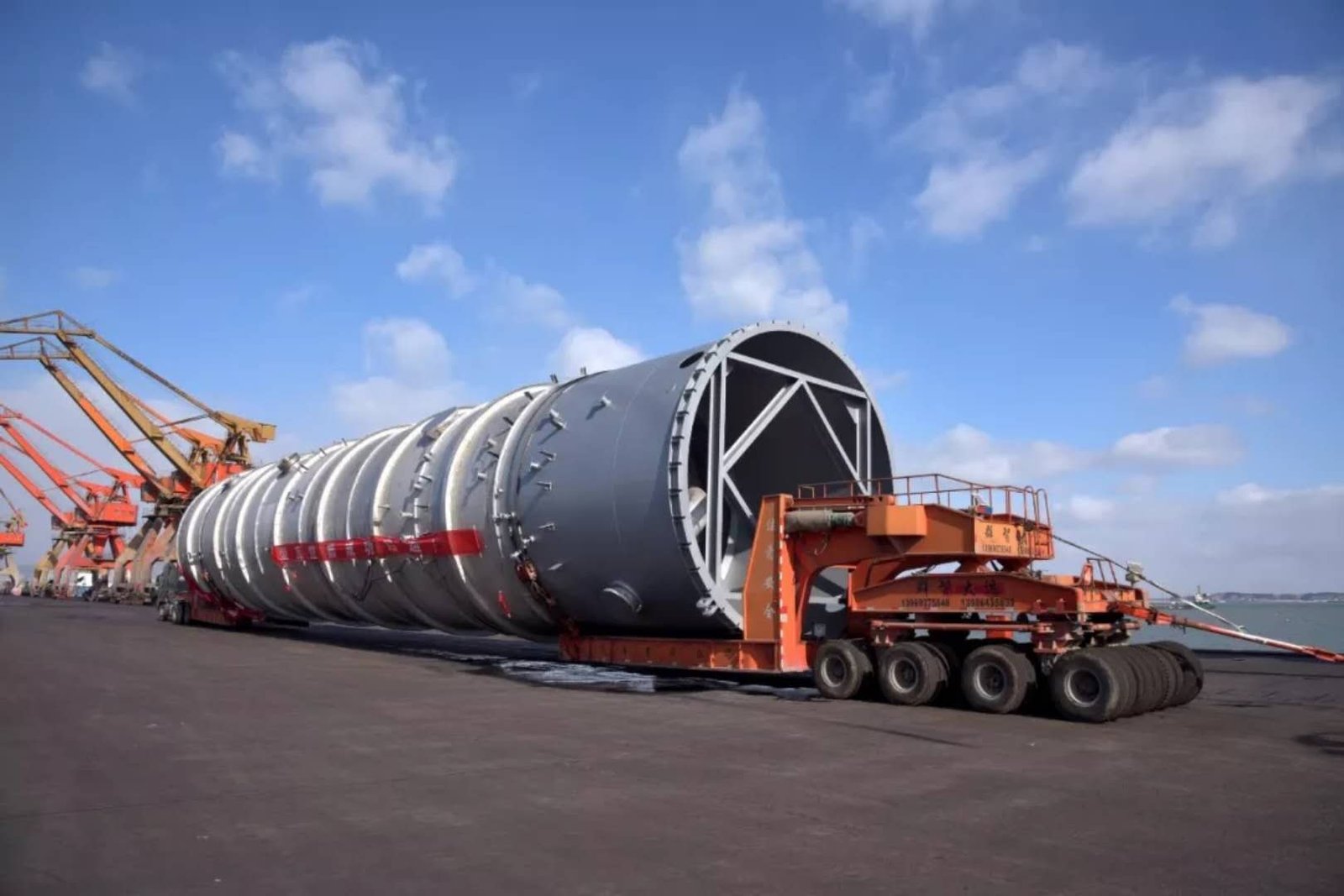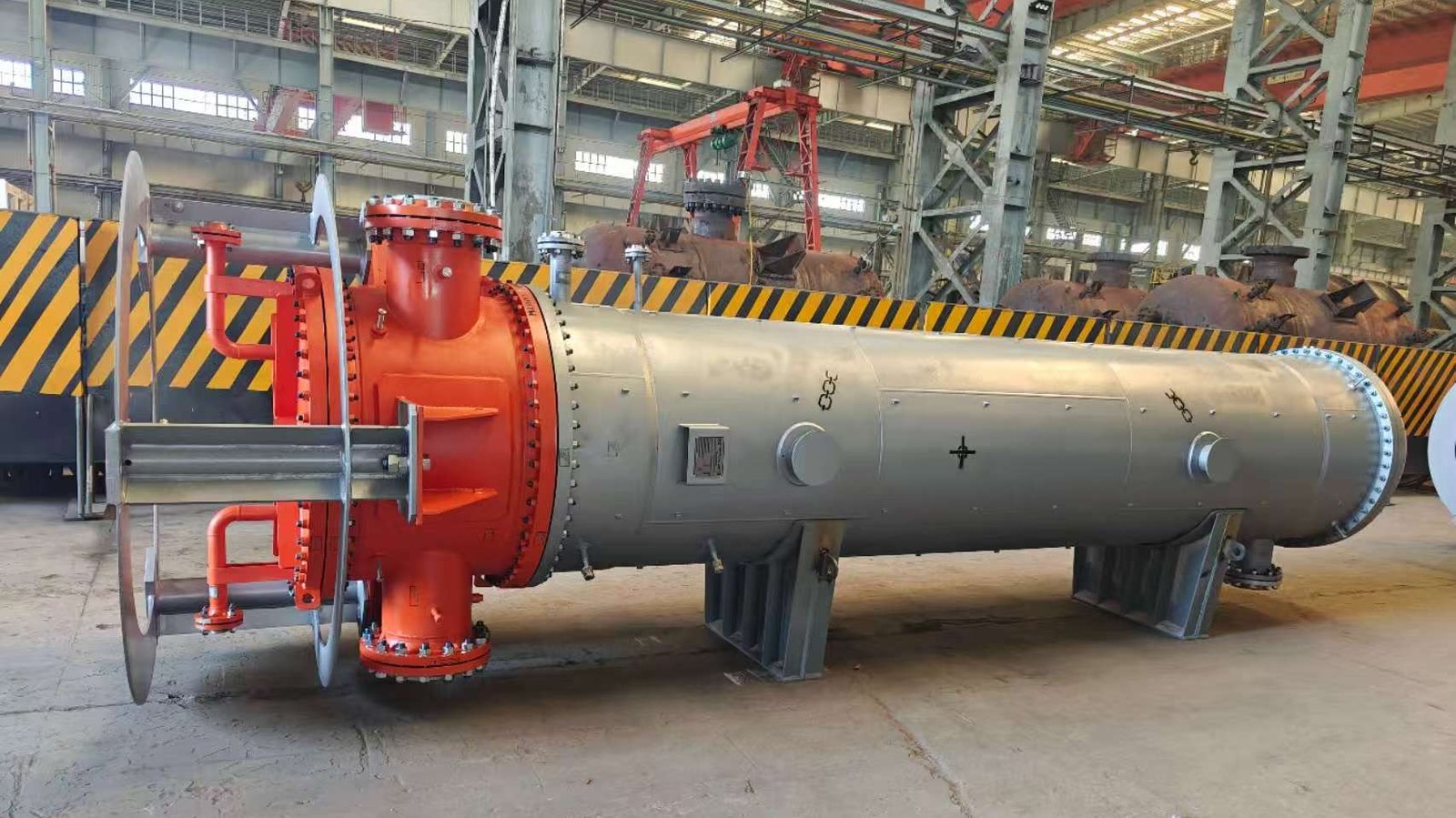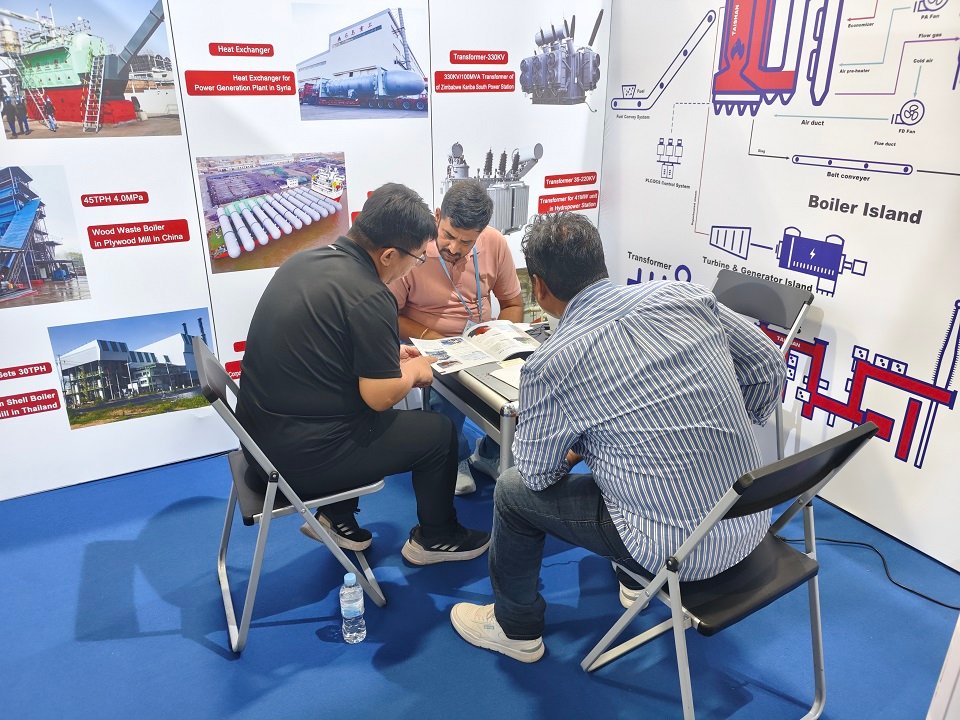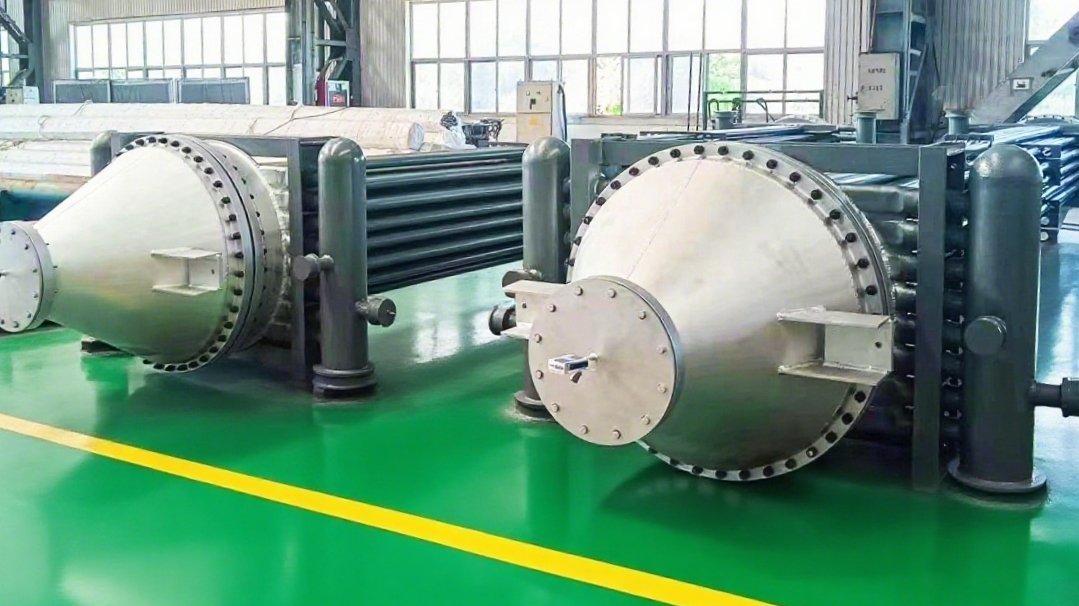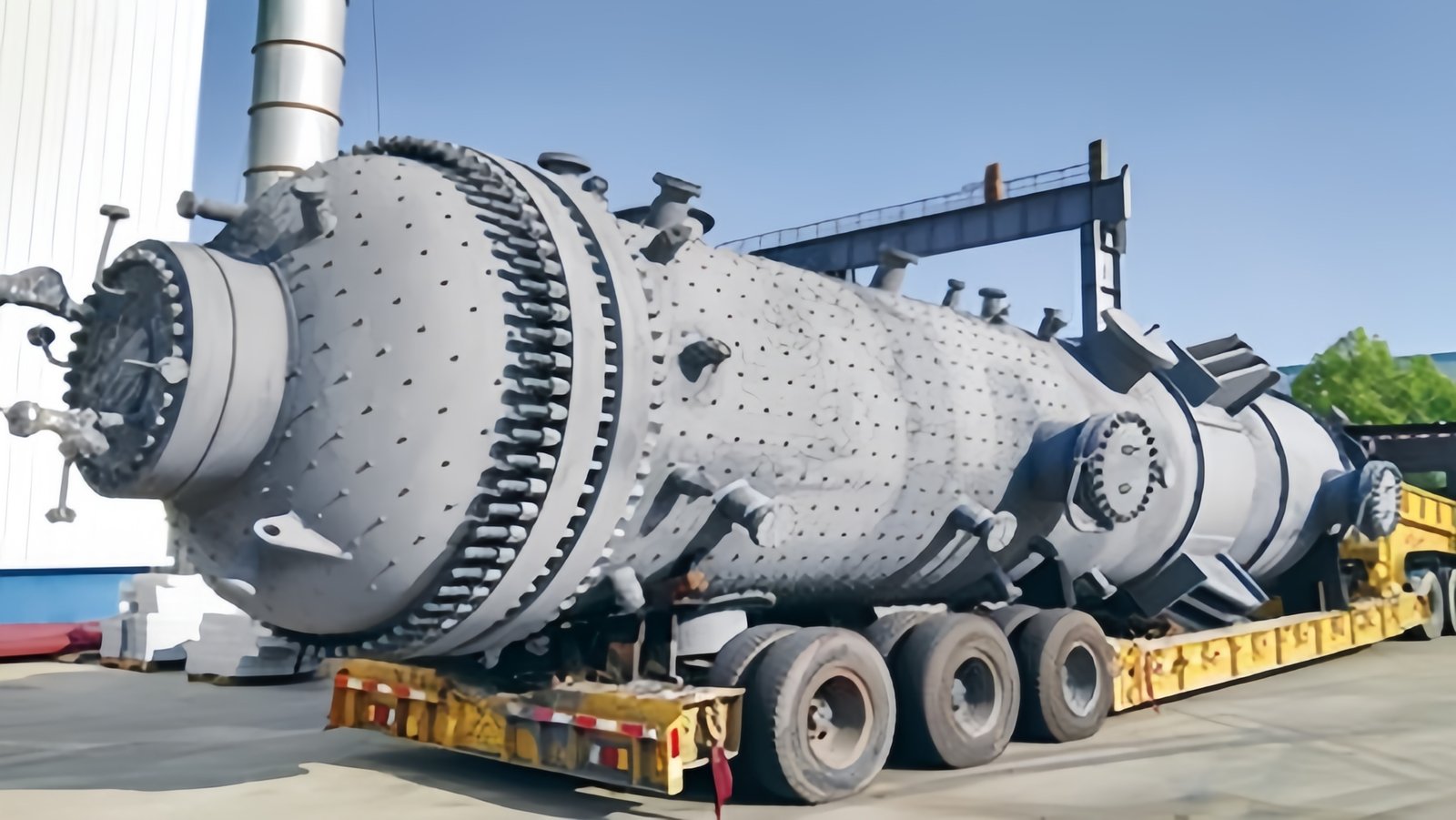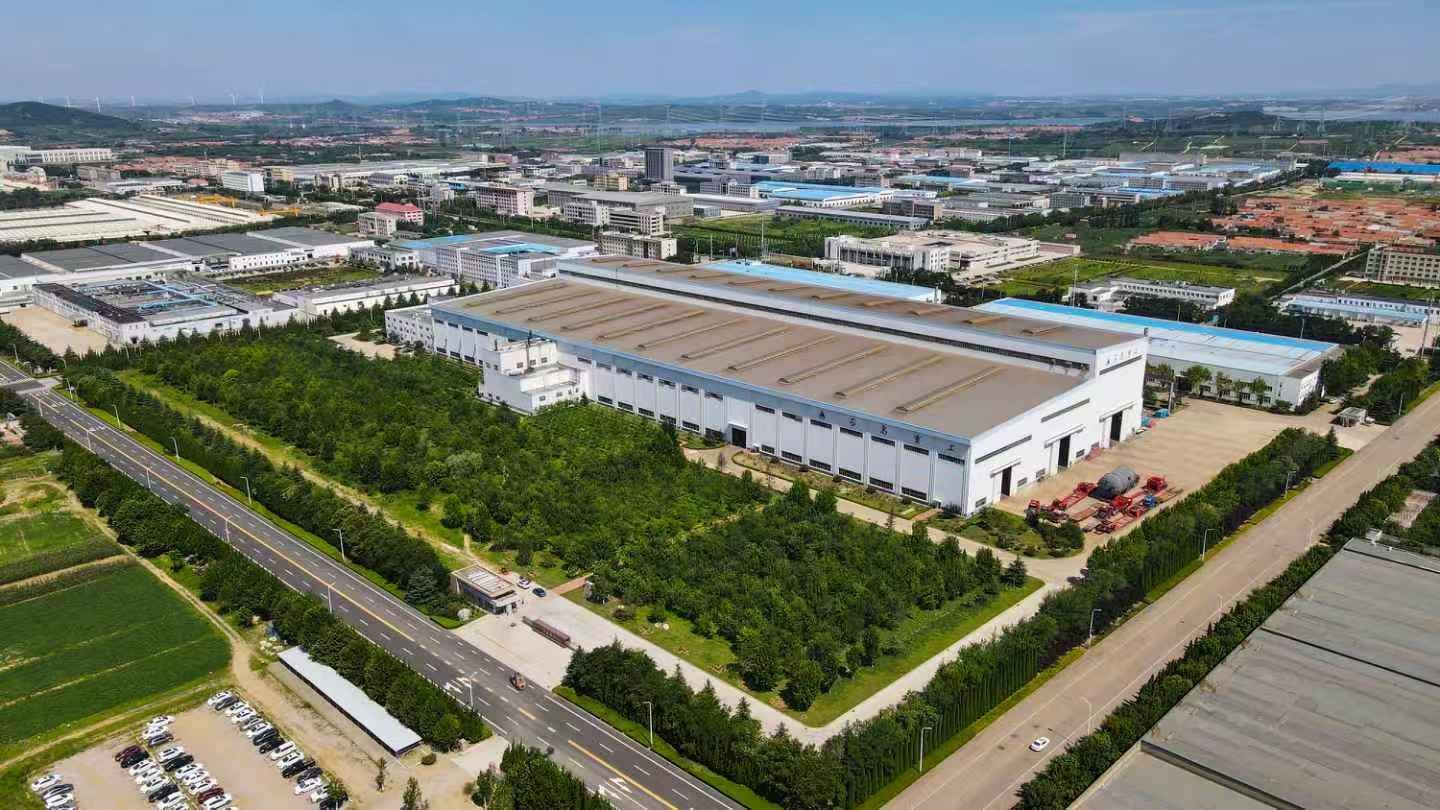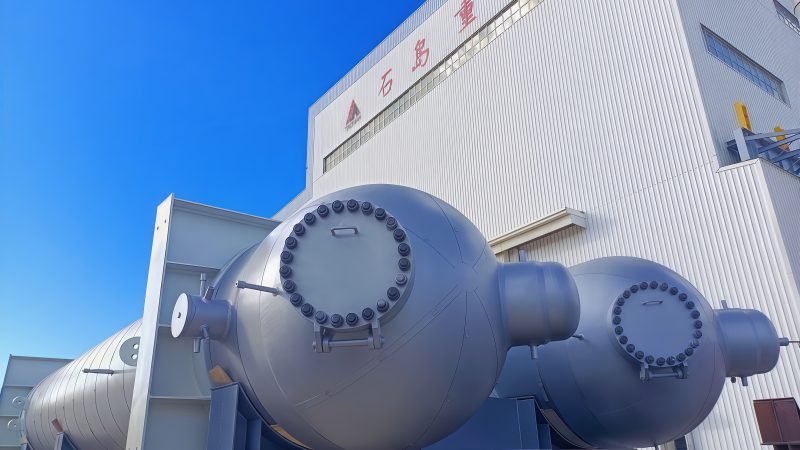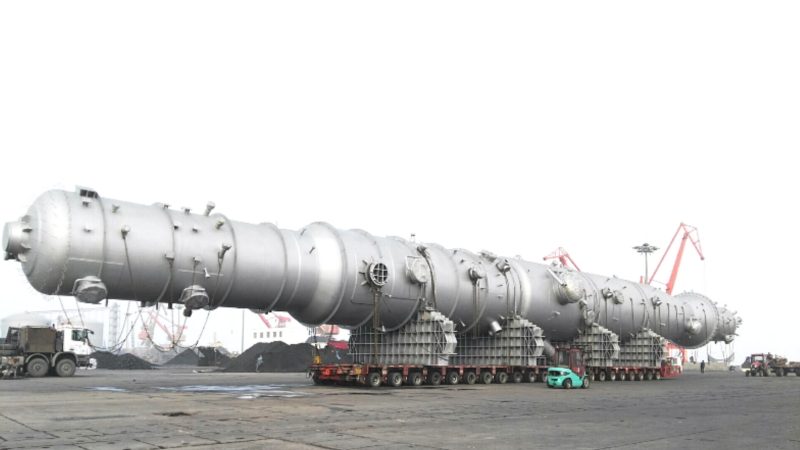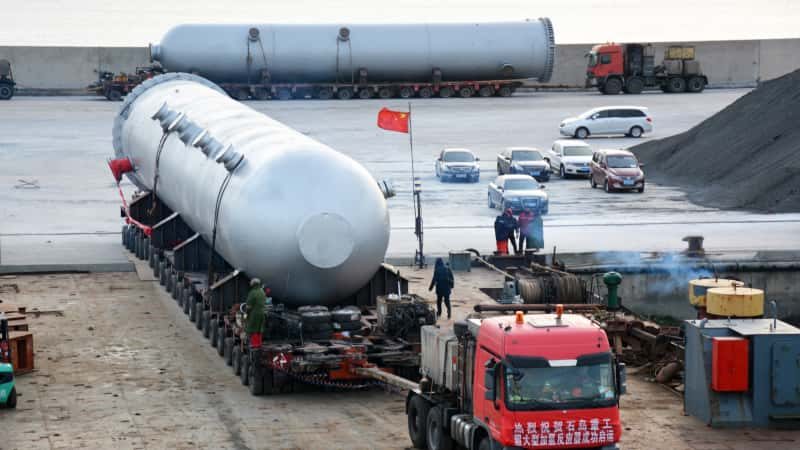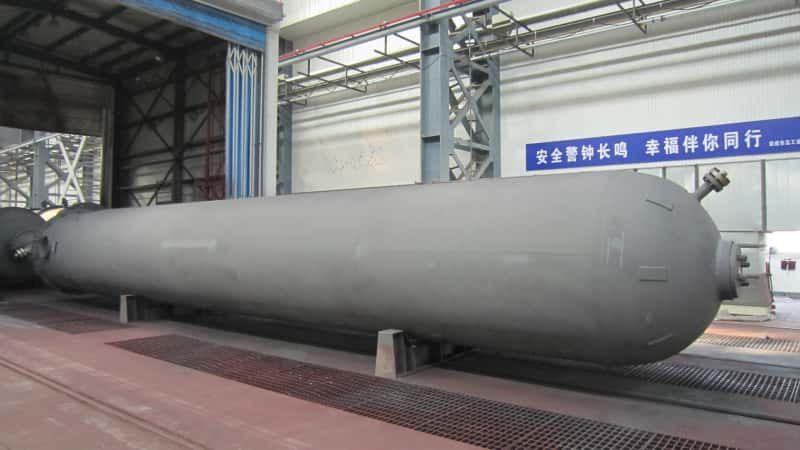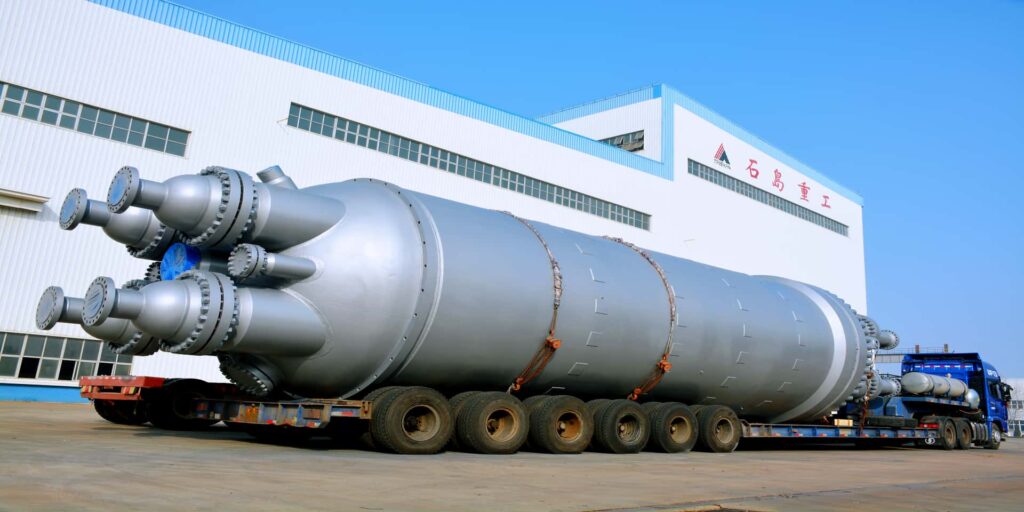
Imagine a device quietly working behind the scenes to contain explosive gases, regulate chemical reactions, or store liquefied fuel under extreme pressure. In the modern world, these indispensable components—pressure vessels—are everywhere, though most people never notice them. When not properly engineered or maintained, their failure can lead to devastating outcomes. So understanding real-world examples is not only educational but also critical for industrial safety and efficiency. Let’s dive into one of the most practical and widely used examples of a pressure vessel in real life.
An example of a pressure vessel in real life is an LPG (liquefied petroleum gas) storage tank used in homes and industries to store propane or butane under pressure for fuel use. These vessels safely contain volatile gases in a liquid state by maintaining internal pressures above atmospheric levels.
This example is especially important because LPG tanks are used in both household cooking systems and industrial fuel storage. These tanks may appear ordinary, but they are precision-engineered containers designed to handle internal pressures of 100–250 psi depending on temperature and volume.
Now that you know what a real-life example looks like, let’s examine the technical and practical reasons behind their design and use, and why LPG tanks are one of the most ubiquitous forms of pressure vessels today.
\
LPG cylinders are examples of pressure vessels.True
They are designed to store propane or butane under pressure to keep them in liquid form, making them safe and portable.
Why Is an LPG Tank Considered a Pressure Vessel?
An LPG tank qualifies as a pressure vessel because it:
- Contains a pressurized gas in liquid form: Propane or butane is pressurized to remain liquid at ambient temperatures.
- Maintains structural integrity under pressure: Its steel shell must withstand internal pressure even in high temperatures.
- Follows strict safety codes: Conforms to standards such as ASME Section VIII or ISO 4706.
The LPG tank stores gas at a pressure higher than the atmosphere, which allows the gas to be condensed into a liquid, thereby saving space and ensuring efficient combustion.
Technical Breakdown of an LPG Pressure Vessel
| Component | Description | Material |
|---|---|---|
| Cylindrical Shell | Main body of the vessel | Welded carbon steel |
| Hemispherical Ends | Rounded for pressure uniformity | Formed steel heads |
| Valve Assembly | Includes pressure release, filling, and withdrawal valves | Brass or stainless steel |
| Protective Collar | Protects valve from damage | Steel or aluminum |
| Coating | Anti-corrosion layer (epoxy, polyurethane) | Paint, enamel |
The geometry (cylindrical with hemispherical ends) is chosen because it minimizes stress concentrations. This uniform distribution of internal pressure ensures structural safety and durability.
Pressure Ratings of LPG Tanks
| Tank Type | Typical Volume | Operating Pressure (psi) | Design Pressure (psi) |
|---|---|---|---|
| Household Cylinder | 14.2 kg | 100–125 | 250 |
| Industrial Tank | 420 lbs | 125–150 | 300 |
| Bulk Storage Tank | >2,000 gallons | 150–200 | 325+ |
These tanks are built to operate well below their maximum design pressure, providing a generous safety margin to account for temperature fluctuations and handling abuse.
Real-World Scenario: LPG Tank in Domestic Use
In millions of homes worldwide, an LPG cylinder fuels the kitchen stove. Here’s how it works as a pressure vessel:
- The liquid propane inside is pressurized to remain in liquid form.
- When you open the valve, the liquid vaporizes and flows as gas to the burner.
- A pressure regulator ensures a consistent, safe gas flow.
- Safety valves protect against over-pressurization during heat exposure.
This simple yet essential appliance allows for clean, efficient cooking even in areas without natural gas pipelines.
Safety Features in LPG Pressure Vessels
- Pressure Relief Valve (PRV): Automatically opens if internal pressure exceeds safe limits.
- Burst Disk: A one-time-use backup that bursts under dangerous pressure.
- Excess Flow Valve: Shuts off gas flow if a leak is detected downstream.
- Hydrostatic Testing: Periodic tests to check for shell integrity.
These safety systems make pressure vessels like LPG tanks safe for everyday use, provided they’re regularly inspected and certified.
Maintenance and Inspection Schedule
| Task | Frequency | Method |
|---|---|---|
| Visual Inspection | Every refill | Check for dents, rust |
| Hydrostatic Pressure Test | Every 5 years | Water-filled pressure test |
| Valve Leakage Test | Each use or refill | Soap bubble or electronic test |
| Certification Renewal | Every 10 years | Government or third-party audit |
Strict maintenance ensures longevity and prevents accidents such as gas leaks or tank ruptures.
Comparison With Other Pressure Vessels
| Pressure Vessel Type | Example Usage | Working Pressure (psi) | Portability |
|---|---|---|---|
| LPG Cylinder | Home/industrial fuel | 100–150 | Portable |
| Compressed Air Tank | Pneumatic tools | 90–200 | Portable |
| Boiler Steam Drum | Power plant | 1,500–3,000 | Stationary |
| Oxygen Cylinder | Hospitals | 2,200 | Portable |
LPG tanks strike a balance between portability and power, making them versatile for both residential and light industrial use.
Conclusion
From kitchens to factories, LPG tanks are a real-life example of pressure vessels in action. They demonstrate how advanced engineering, safety standards, and thoughtful design combine to produce a compact, efficient, and highly functional container. As a category, pressure vessels are indispensable in ensuring safe storage and controlled use of high-pressure gases or liquids.
Need Certified Pressure Vessels?
Whether you need LPG tanks, industrial air receivers, or customized reactors, we’re your trusted partner for ASME- and ISO-certified pressure vessels. Reach out to us today to discuss your project requirements and ensure you’re using the safest, most efficient pressure solutions in your operations.



